Puppies are just like children - the grubbier they get the happier they are! Even as your dog matures you will discover he has an inclination to roll in something horrid if he gets the chance. Puppy fur is, to some degree, self-cleaning - but not to the point that your pup will never require a bath! There will be times when you really need to do some puppy grooming and bath your dog - so get your puppy used to the process as early as possible.
If you have a long haired breed you will have to do regular puppy grooming - a lesser amount for the short or smooth coated breeds. Let's check out the different types of grooming you might have to do, depending on breed, and then consider how to go about bathing your pup.
Puppy Grooming - Different Breeds - Different Coats
Smooth coats such as Boxers and Whippets are the simplest to care for. Use a chamois, hound glove or a flexible bristle brush. To begin with rub counter to the lie of the fur, then go with it. This will release and remove any loose dead hairs. Dogs that have a thicker coat with an undercoat - like Labradors - will need more grooming because they shed quite a lot more - as anybody with a Lab will inform you! Use a bristle brush for them, and finish off with a comb paying special notice to the tail and neck where the fur is densest.
Handle wiry coated pups by the same method, however these will additionally need to have the longer hair 'stripped' once a month with a stripping comb. You will also need to take these breeds - Wire haired Dachshunds and Fox Terriers as an example - to a professional groomer approximately 3 or 4 times a year to get the coat reduced.
A number of dogs have long silky fur - Yorkshire Terriers and Maltese - and will need particular care. They have little protective undercoat so you must be extremely gentle, especially as they need daily grooming. Start the puppy grooming the minute you get your pup to acclimatize him. Other breeds have long but dense fur, for instance Collies, and these just will need twice weekly brushing with a pin-brush and combing with a wide-toothed comb. Excess hair will require to be cut once a month. Golden Retrievers and other breeds with less dense fur require less attention - weekly brushing and combing and a twice yearly trim for legs and between toes.
Other breeds necessitate regular - often weekly or even twice weekly - professional trimming and clipping. Poodles and Bichon Frise for example need a great deal of grooming so you need to get your pup accustomed to these recurring trips for puppy grooming from the outset. Unless you are actually trained to do this clipping do not try it yourself - leave it to the experts.
Get your puppy used to grooming as soon as he comes to live in your home. When you have fed your pup and played for a bit so that he is not so active, sit down with him on the floor. Start off by stroking and massaging his fur with your hand, at the same time as speaking quietly and calmly. Then gently present the brush, rewarding with praise and a treat if he is calm and well behaved. Don't let him play with or chew the brush, or else he will think it is a game. Remain in control all the way through the procedure. Begin with only a few strokes of the brush, steadily building up to a full grooming session. As always tolerance and time will be rewarded with good results.
Puppys First Bath
You will not need to bath your pup every time he gets a lttle bit dirty - just get rid of any dry dirt with a brush and perhaps place him in a bowl of water to wash down his feet. Keep old towels specially for puppy grooming use.
The time will come, though, when your puppy needs a bath. If your puppy smells then wash it! However, if the odor comes back straight away then it may indicate a skin disorder so get advice from the vet.
It is not generally necessary to wash any puppy more than twice a month and too much bathing is bad for the dog's skin. Begin early to get your puppy accustomed to baths and try to make it routine, with as little fuss as possible. For large breeds, get someone to help you as a wet pup can be pretty heavy!
If it is warm weather, then wash your pup outside using a spray attachment on a garden hose if you have one. If not then use your personal bath or shower, or even your sink if it is a small type of dog. Make sure that the water is not very hot or very cold. Use a proprietary puppy shampoo or baby shampoo - just be sure it is very mild. Wet the puppy all over before applying shampoo and gently work into the coat. Take care around the mouth and eyes and do not get water in the ears. Talk and reassure your pup constantly and praise him when he is well behaved. Rinse very meticulously as residue shampoo on the skin can set off a reaction and upset the balance of the skin.
Dry your pup with a towel, rubbing vigorously, but don't let him tug the towel or start to play. You can use a hair-dryer to dry your pup - put on a low heat. He may well be worried initially so you may need to acclimatize him with puppy noise training first. In good weather you can dry puppy outside, but if it is chilly then make sure he is totally dry before letting him outside.
If your puppy is anything like mine, the first thing he will do following a bath is to discover something to roll in! But do not fret - that's the joy of puppy grooming!

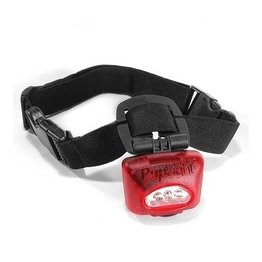 Puplight Dog Safety Light Red
Using a Puplight is a great
Puplight Dog Safety Light Red
Using a Puplight is a great
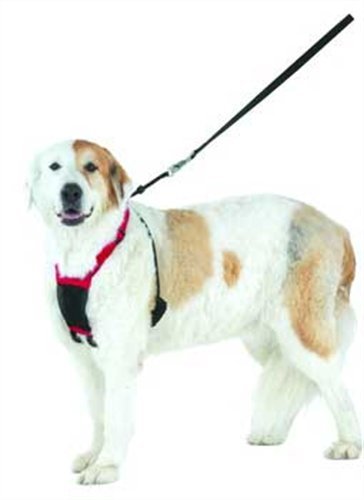 Pettiquette: The Art of Responsible Dog Walking
Cmon Baby, Ill Show You How to Walk the Dog
Pettiquette: The Art of Responsible Dog Walking
Cmon Baby, Ill Show You How to Walk the Dog
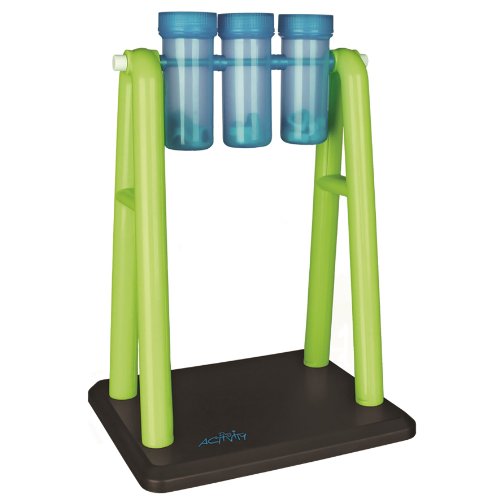 Does Neutering Your Dog Cause Cancer?
Many animal shelters and res
Does Neutering Your Dog Cause Cancer?
Many animal shelters and res
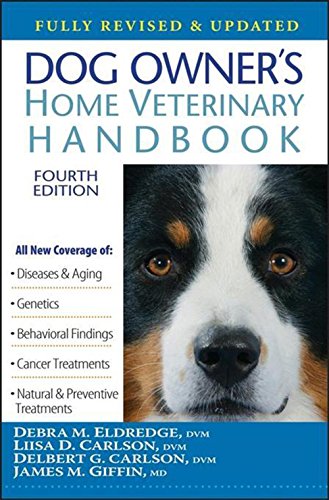 The Five Most Common Dog Diseases including Ringworm and Mange
Bone Problems in a Dog
Credit: Wikime
The Five Most Common Dog Diseases including Ringworm and Mange
Bone Problems in a Dog
Credit: Wikime
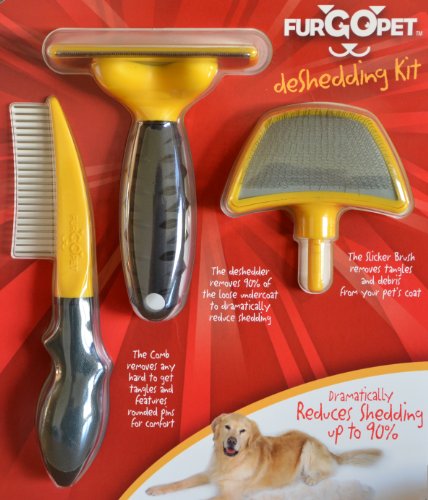 Beware of the dangers of Infections caused by Grass Seeds in our Pets
The real Dangers of Grass Seeds Is Y
Beware of the dangers of Infections caused by Grass Seeds in our Pets
The real Dangers of Grass Seeds Is Y